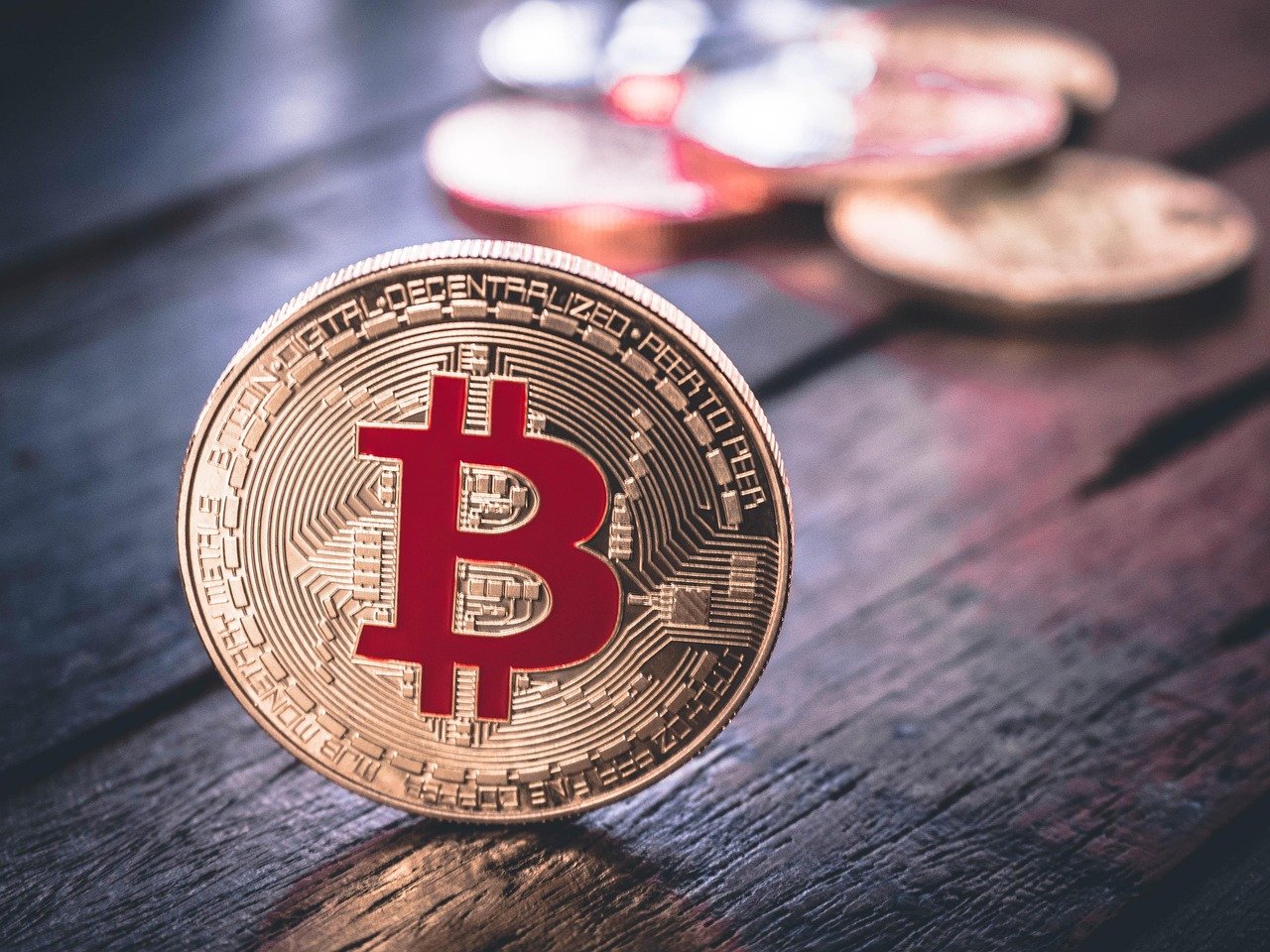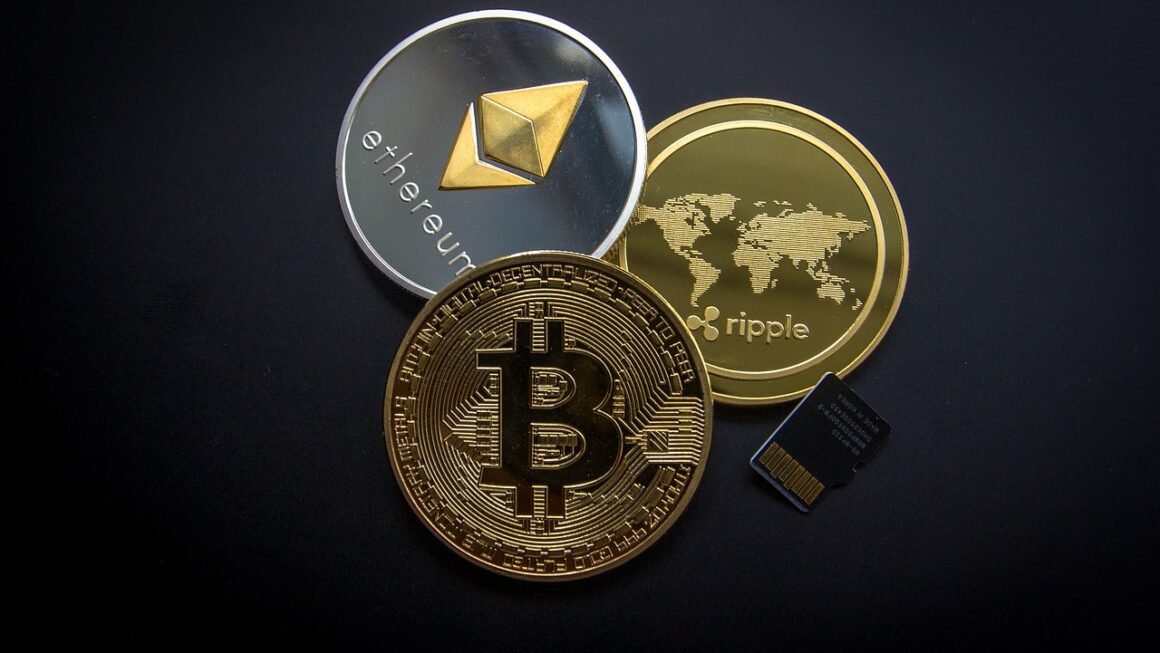Liquidity pools have revolutionized the world of decentralized finance (DeFi), providing a seamless way to trade cryptocurrencies without relying on traditional order books. These automated market makers (AMMs) have opened up new opportunities for users to earn passive income and participate in the decentralized economy. Let’s dive into the intricacies of liquidity pools and explore how they function.
What Are Liquidity Pools?
Definition and Purpose
A liquidity pool is a collection of tokens locked in a smart contract that facilitates decentralized trading and lending. Unlike traditional exchanges that use order books to match buyers and sellers, liquidity pools use an automated market maker (AMM) algorithm to determine the price of assets.
- Purpose: To provide liquidity for trading pairs on decentralized exchanges (DEXs) without the need for centralized intermediaries.
- Mechanism: Users (liquidity providers) deposit tokens into the pool, and traders can then swap between these tokens based on the AMM algorithm.
- Incentive: Liquidity providers earn transaction fees proportional to their share of the pool.
How Liquidity Pools Work
Liquidity pools operate on the principle of providing a constant product between the two tokens in the pool. The most common AMM formula is x y = k, where:
xis the amount of the first token in the poolyis the amount of the second token in the poolkis a constant value
When a trade occurs, the ratio of the tokens in the pool changes, affecting the price of the tokens. For example, if someone buys Token A using Token B, the amount of Token A in the pool decreases, and the amount of Token B increases. This causes the price of Token A to increase and the price of Token B to decrease, adjusting the price dynamically based on supply and demand.
Example Scenario
Imagine a liquidity pool with 100 ETH and 300,000 USDT. The constant product (k) would be 100 300,000 = 30,000,000. If a trader wants to buy 1 ETH, the pool must maintain the constant product of 30,000,000.
The trader will need to deposit USDT to receive 1 ETH. The new amounts will be 99 ETH and 300,000 + USDT. Solving for USDT:
99 * (300,000 + USDT) = 30,000,000
300,000 + USDT = 303,030.30
USDT = 3,030.30
The trader needs to deposit 3,030.30 USDT to receive 1 ETH. The price of ETH has effectively increased because the ratio of ETH to USDT in the pool has changed.
Benefits of Liquidity Pools
Accessibility and Decentralization
Liquidity pools are permissionless and accessible to anyone with a cryptocurrency wallet. This democratizes the trading process, allowing users to participate in the market without relying on centralized exchanges.
- Open to all: Anyone can become a liquidity provider or a trader.
- No intermediaries: Transactions are executed directly on the blockchain via smart contracts.
- Global access: Liquidity pools are available worldwide, enabling anyone to participate in DeFi.
Passive Income Opportunities
By providing liquidity to a pool, users can earn a portion of the transaction fees generated by the pool. This creates a passive income stream, incentivizing users to contribute to the liquidity and stability of the DEX.
- Transaction fees: Liquidity providers earn a percentage of the trading fees proportional to their share of the pool.
- Yield farming: Liquidity providers may also receive additional rewards in the form of governance tokens or other cryptocurrencies, further incentivizing participation.
- Staking rewards: Some platforms offer staking rewards for providing liquidity.
Enhanced Trading Experience
Liquidity pools provide continuous liquidity, enabling traders to execute trades at any time without waiting for a matching order. This improves the trading experience and reduces slippage, especially for less liquid assets.
- Instant execution: Trades are executed immediately without the need for order book matching.
- Reduced slippage: Larger liquidity pools can absorb larger trades with minimal price impact.
- 24/7 availability: Trading is available around the clock, regardless of market conditions.
Risks Associated with Liquidity Pools
Impermanent Loss
Impermanent loss occurs when the price of the tokens in a liquidity pool diverges, causing a decrease in the value of the liquidity provider’s holdings compared to simply holding the tokens. This risk is inherent in AMMs and can impact the profitability of providing liquidity.
- Price divergence: The greater the price divergence between the two tokens, the higher the risk of impermanent loss.
- Mitigation strategies: Choosing stablecoin pairs or using platforms that offer impermanent loss protection can help mitigate this risk.
- Monitoring tools: Regularly monitoring the performance of the pool and adjusting positions as needed can also help manage impermanent loss.
Smart Contract Risks
Liquidity pools rely on smart contracts, which are susceptible to bugs, exploits, and security vulnerabilities. A flaw in the smart contract code can lead to loss of funds for liquidity providers.
- Code vulnerabilities: Smart contracts are complex and can contain hidden vulnerabilities that attackers can exploit.
- Audits: Choose liquidity pools that have undergone thorough audits by reputable security firms.
- Platform reputation: Opt for established platforms with a strong track record of security and reliability.
Regulatory Risks
The regulatory landscape for DeFi is still evolving, and new regulations could impact the legality and viability of liquidity pools. Changes in regulations could affect the availability and profitability of liquidity pools.
- Uncertainty: The legal status of DeFi and cryptocurrencies varies by jurisdiction, creating uncertainty for users.
- Compliance requirements: New regulations may impose compliance requirements on liquidity providers, increasing the complexity of participating in DeFi.
- Monitoring regulations: Stay informed about the latest regulatory developments in your jurisdiction and adapt your strategies accordingly.
How to Participate in Liquidity Pools
Choosing a Platform
Several platforms offer liquidity pools, including Uniswap, SushiSwap, PancakeSwap, and Balancer. When choosing a platform, consider factors such as liquidity, trading fees, security, and user interface.
- Liquidity: Platforms with higher liquidity generally offer better prices and lower slippage.
- Trading fees: Compare trading fees across different platforms to maximize your returns.
- Security: Choose platforms with a strong track record of security and robust smart contract audits.
- User interface: Opt for platforms with an intuitive and user-friendly interface for ease of use.
Providing Liquidity
To provide liquidity, you will need to deposit an equivalent value of both tokens in the pool. For example, if you want to provide liquidity to an ETH/USDT pool, you will need to deposit an equal dollar value of ETH and USDT.
- Token selection: Choose tokens that you are comfortable holding and that have a stable price correlation to minimize impermanent loss.
- Depositing tokens: Connect your cryptocurrency wallet to the platform and deposit the required tokens into the liquidity pool.
- Receiving LP tokens: In return for providing liquidity, you will receive LP (liquidity provider) tokens representing your share of the pool.
Earning Rewards and Monitoring Performance
Once you have provided liquidity, you will start earning transaction fees proportional to your share of the pool. It’s important to regularly monitor the performance of your pool and adjust your positions as needed to manage risk and maximize returns.
- Tracking fees: Monitor the fees you are earning from the liquidity pool.
- Monitoring impermanent loss: Regularly check for impermanent loss and consider rebalancing your portfolio if necessary.
- Harvesting rewards: Claim your rewards periodically and reinvest them to compound your earnings.
Advanced Strategies for Liquidity Pools
Yield Farming
Yield farming involves using liquidity pool tokens to earn additional rewards. Platforms offer incentives to stake LP tokens, rewarding users with additional tokens or higher APY (Annual Percentage Yield).
- Staking LP tokens: Deposit your LP tokens into a yield farm to earn additional rewards.
- Choosing yield farms: Evaluate yield farms based on APY, tokenomics, and security.
- Compounding rewards: Reinvest your earnings to maximize your returns over time.
Concentrated Liquidity
Some platforms, such as Uniswap V3, allow liquidity providers to concentrate their liquidity within a specific price range. This increases the efficiency of the pool and can result in higher returns, but it also increases the risk of impermanent loss if the price moves outside the specified range.
- Setting price ranges: Choose a price range where you believe the tokens will trade.
- Increased capital efficiency: Concentrated liquidity can generate higher returns with less capital.
- Risk management: Monitor the price and adjust your range as needed to mitigate impermanent loss.
Multi-Token Pools
Balancer allows creating liquidity pools with more than two tokens. This diversifies the risk and can provide more stable returns. Users can customize the weights of each token in the pool.
- Diversification: Multi-token pools can reduce the risk associated with price volatility.
- Customizable weights: Adjust the weights of each token in the pool to optimize returns.
- Rebalancing strategies: Implement rebalancing strategies to maintain the desired weights.
Conclusion
Liquidity pools have emerged as a cornerstone of the decentralized finance ecosystem, offering users a permissionless and accessible way to trade and earn passive income. While liquidity pools offer many benefits, it’s crucial to understand the associated risks, such as impermanent loss and smart contract vulnerabilities. By carefully selecting platforms, managing risk, and staying informed about the latest developments in DeFi, users can effectively leverage liquidity pools to participate in the decentralized economy and unlock new opportunities for financial growth.



